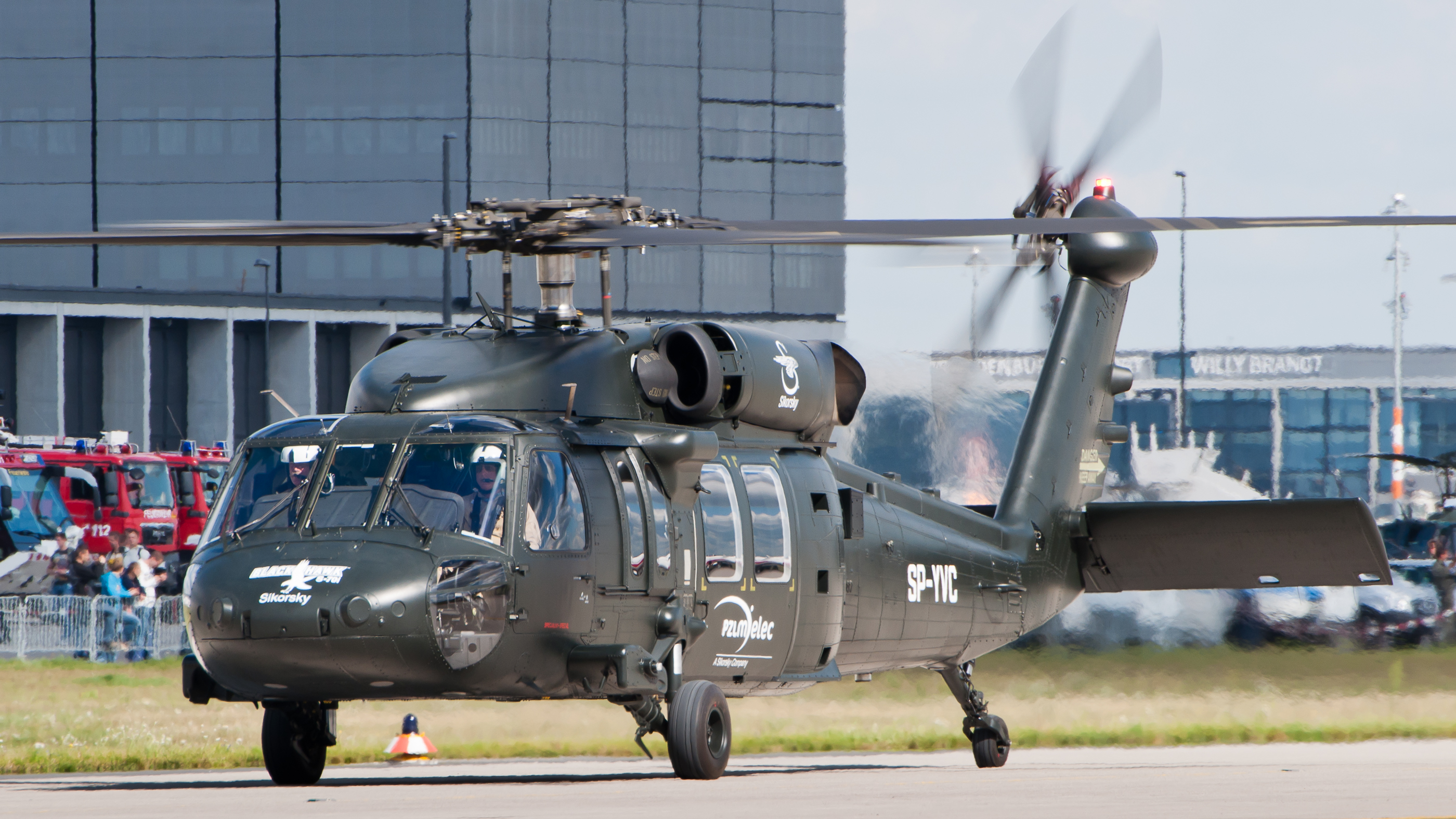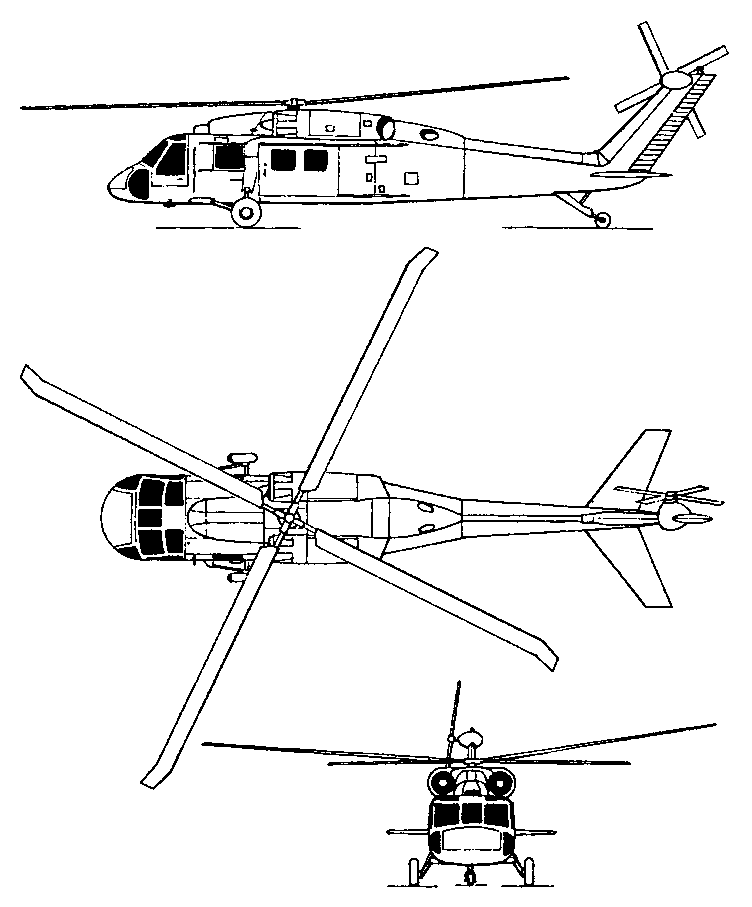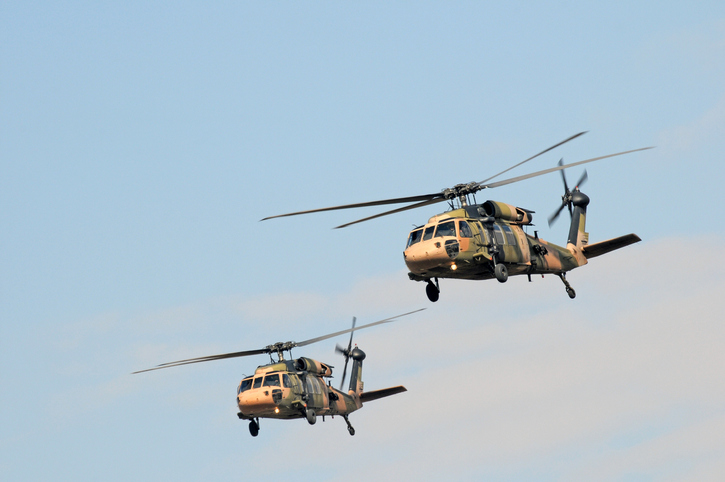Introducing the Sikorsky S 70: Advancements and Advancements in Helicopter Design
Introducing the Sikorsky S 70: Advancements and Advancements in Helicopter Design
Blog Article
High-Performance Multi-Role Rotorcraft Featuring Advanced Cockpit Technologies and Integrated Sensing Unit Equipments
The world of rotorcraft technology has seen notable advancements in recent times, specifically in the world of high-performance multi-role rotorcraft geared up with advanced cockpit technologies and flawlessly integrated sensor systems. In the following conversation, we will explore the advancement of rotorcraft innovation, dive into the realm of advanced cockpit technologies, and check out the ramifications of incorporated sensing unit systems on the operational convenience and performance of contemporary rotorcraft.
Evolution of Rotorcraft Modern Technology
The development of rotorcraft technology has been marked by substantial advancements in aerodynamics, materials, and propulsion systems, shaping the capabilities and performance of contemporary rotorcraft. Additionally, advancements in propulsion systems, including a lot more effective engines and innovative propulsion technologies, have actually made it possible for rotorcraft to achieve higher altitudes, faster speeds, and better payloads.
These advancements have not just changed the capacities of rotorcraft yet have actually likewise broadened their applications throughout numerous sectors, consisting of army, business, and emergency situation services. The continuous evolution of rotorcraft technology proceeds to drive development in the field, pushing the boundaries of what is possible and forming the future of upright flight.
Advanced Cabin Innovations
Building upon the fundamental improvements in the rules of aerodynamics, products, and propulsion systems, the realm of rotorcraft innovation now shifts emphasis towards pioneering Advanced Cabin Innovations. The integration of cutting-edge modern technologies within the cabin environment plays a vital role in boosting the functional abilities, safety, and performance of modern rotorcraft. sikorsky s 70. Advanced Cabin Innovations incorporate a broad range of attributes created to supply pilots with improved situational recognition, streamlined data monitoring, and intuitive control user interfaces
One of the essential advancements in cabin layout is the implementation of glass cabins, which replace typical analog assesses with high-resolution displays. These digital systems offer personalized layouts, real-time information assimilation, and enhanced readability, making it possible for pilots to access critical info at a look. Progressed avionics systems, such as fly-by-wire controls and boosted reality screens, are changing how pilots communicate with the aircraft, enabling for specific control and boosted decision-making capabilities.


Integrating advanced cabin innovations not only boosts pilot efficiency however additionally adds to overall goal effectiveness and safety and security in complex functional environments. By leveraging modern modern technologies within the cabin, rotorcraft manufacturers are setting new standards for functional quality and mission success.
Integrated Sensor Equipments
With the evolution of rotorcraft innovation, the combination of innovative Integrated Sensor Systems has come to be paramount in enhancing operational efficiency and security. These Integrated Sensing unit Equipments include a wide range of innovations that supply essential data for various functions such as navigating, surveillance, targeting, and environmental monitoring. By perfectly integrating sensors like radars, video cameras, lidar, and infrared systems into rotorcraft, operators can take advantage of improved situational awareness, boosted mission capacities, and lowered pilot work.
One secret advantage of Integrated Sensor Equipments is their capability to gather real-time data and give actionable insights to pilots and objective drivers. For example, advanced radar systems can identify and track targets over long distances, enabling very early hazard detection and efficient response preparation. In addition, integrating infrared and electro-optical cams makes it possible for rotorcraft to carry out reconnaissance and security objectives with accuracy and accuracy.
Essentially, the assimilation of cutting-edge sensor technologies right into rotorcraft not just enhances functional effectiveness but also contributes considerably to overall mission success and team safety and security. As rotorcraft proceed to progress, the duty of Integrated Sensing unit Solution will definitely stay at the leading edge of technology in the aerospace market.
Functional Flexibility and Performance
Enhancing operational versatility and performance in rotorcraft is a natural development from the combination of sophisticated Integrated Sensing unit Solutions. By leveraging the understandings and information offered by these advanced sensing unit systems, rotorcraft can maximize their performance web link across numerous objectives and settings.
Operational flexibility encompasses the ability of rotorcraft to adjust to various duties and scenarios effectively. With innovative cabin innovations and incorporated sensor systems, rotorcraft can effortlessly shift in between tasks such as search and rescue, clinical emptying, security, and more. This adaptability boosts the rotorcraft's capacity to meet varied functional requirements without requiring substantial reconfiguration.
Efficiency in rotorcraft operations is crucial for making best use of objective efficiency and resource application. Integrated sensor systems play a crucial role in enhancing operational effectiveness by giving real-time data on weather problems, terrain mapping, target monitoring, and extra. This information enables pilots to make educated decisions quickly, optimize flight courses, conserve fuel, and improve general goal performance.
Influence on Modern Air Travel Workflow

Additionally, the assimilation of advanced sensing units promotes boosted goal planning and implementation, enabling rotorcraft to execute a variety of jobs with improved accuracy. From search and rescue operations to airborne firefighting and police goals, the capabilities of contemporary rotorcraft outfitted with sophisticated cockpit modern technologies and incorporated sensor systems are unequaled.
Furthermore, the effect of these developments prolongs beyond operational efficiency to cost-effectiveness and sustainability. By optimizing trip paths, fuel usage, and upkeep routines, high-performance rotorcraft outfitted with innovative cabin technologies and sensing units add to minimizing functional expenses and environmental influence, making them vital properties in modern aeronautics operations.
Conclusion
In conclusion, the high-performance multi-role rotorcraft with innovative cockpit technologies and integrated sensing unit systems represents a significant development in air travel innovation. These innovations boost operational adaptability and effectiveness, eventually influencing modern aeronautics operations in a positive method. The combination of these advanced innovations enables for improved capacities and efficiency in various goal scenarios, showcasing the continued development of rotorcraft modern technology in the aeronautics sector.
The realm of rotorcraft my website modern technology has actually seen notable innovations in current times, specifically in the realm of high-performance multi-role rotorcraft geared up with sophisticated cabin modern technologies and seamlessly incorporated sensor systems. From boosted mission flexibility to boosted functional efficiency, the merging of innovative cabin modern technologies and incorporated sensing unit systems has actually ushered in a new era of possibilities for rotorcraft applications. In the following discussion, we will discover the advancement of rotorcraft technology, delve right into the realm of advanced cockpit advancements, and check out the effects of integrated sensing unit systems on the functional adaptability and effectiveness of modern rotorcraft.

Report this page